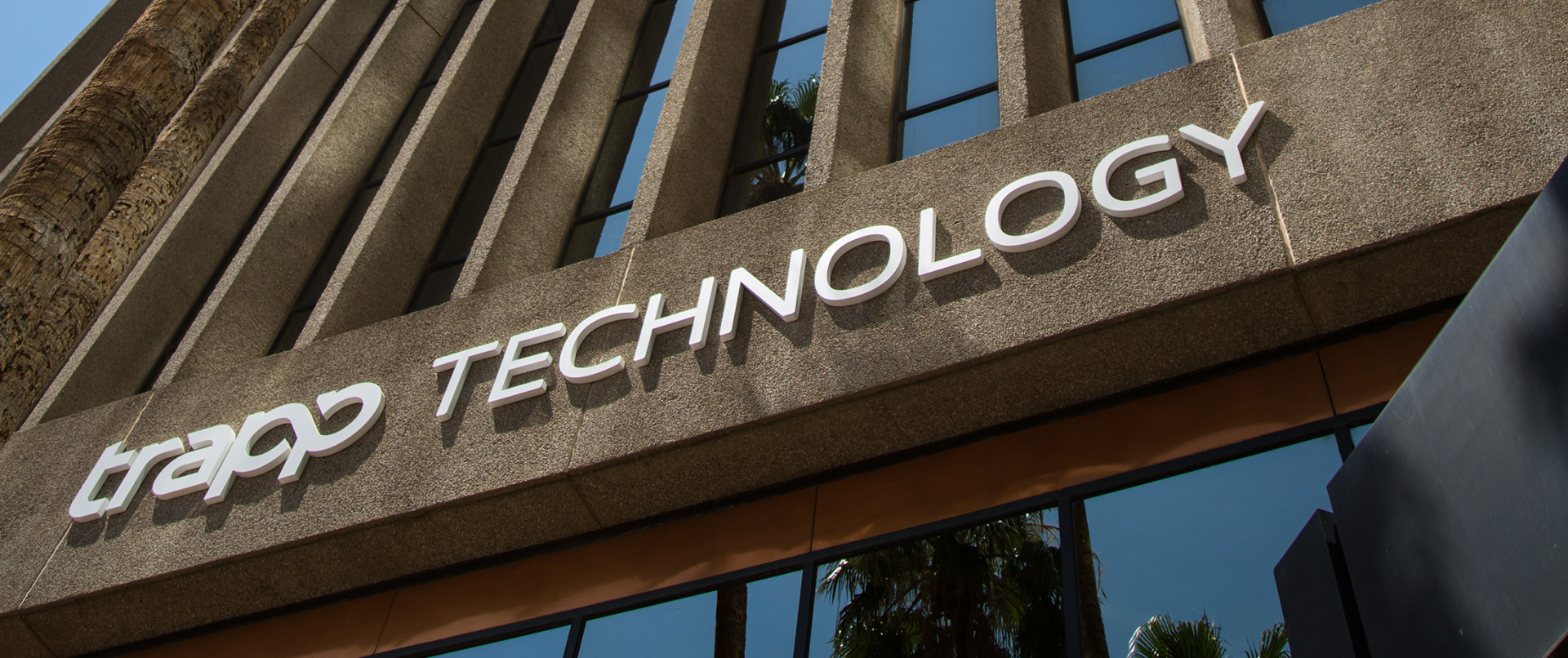Understanding the differences between Software as a Service (SaaS), Infrastructure as a Service (IaaS), and Platform as a Service (PaaS) doesn’t have to be intimidating.
I bet you’ve never seen so many acronyms in your LIFE, right? It’s almost become a competition where people try to out-acronym the next guy, or out -as-a-service the competition. We took to the slopes to explain the varying cloud structures in this week’s Whiteboard Wednesday. Have a look!
Cloud Acronyms | IaaS, PaaS, SaaS
Cloud computing is a broad term that describes a broad range of services. The most widely accepted definition of Cloud Computing comes from the National Institute of Standards and Technology (NIST) [1]. The NIST definition states that “Cloud computing is a model for enabling convenient, on-demand network access to a shared pool of configurable computing resources (e.g., networks, servers, storage, applications, and services) that can be rapidly provisioned and released with minimal management effort or service provider interaction.”
So what do all of these cloud acronyms mean?
We’re going to give you the simplest explanation we can to help you understand the difference between SaaS, IaaS, and PaaS. First, let’s expand those acronyms! Software as a Service, Infrastructure as a Service, and Platform as a Service are all just different types of cloud structures. Let’s look at how they all differ:
- Software-as-a-Service (SaaS) means you’re renting the app or software
- Platform-as-a-Service (PaaS) means that you’re renting everything but the app or software
- Infrastructure-as-a-Service (IaaS) means you’re renting only the hardware as well as the tools used to manage the hardware
So where does Trapp Technology fall?
Trapp Technology is kind of unique in this situation. Simply put, we are closest to the SaaS structure. We enable other companies to follow the SaaS structure by hosting their software on the cloud. We don’t provide the software itself — just the hosting. We deal with all of the back end chores, and you use your software as if it were locally installed.
Cloud acronyms piqued your interest? Give it a month and kick the tires. Sign up for a 30 day test drive!
Related Articles:


